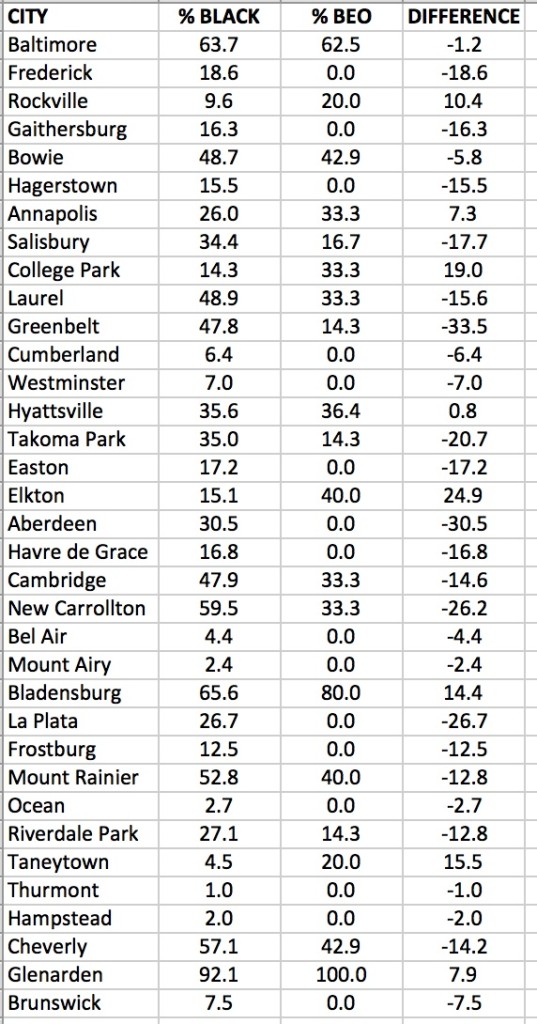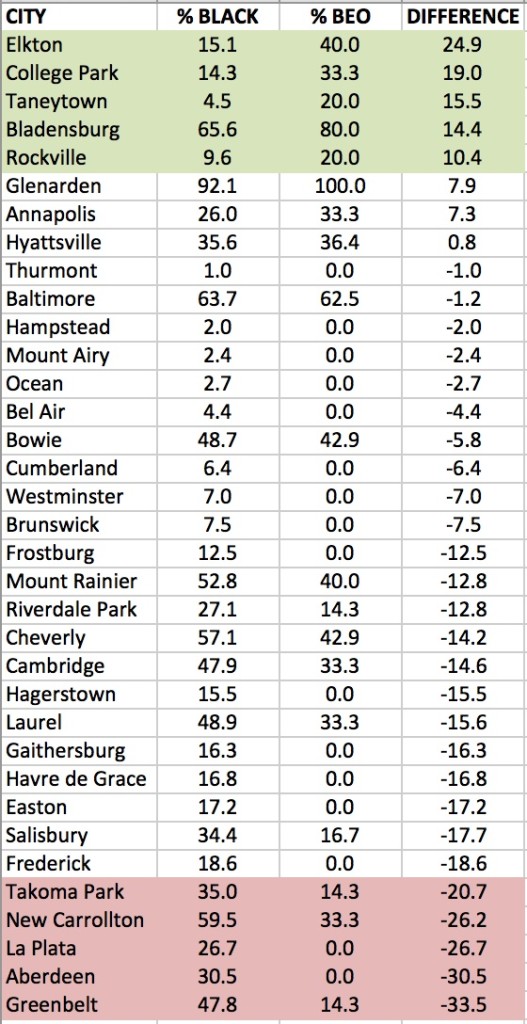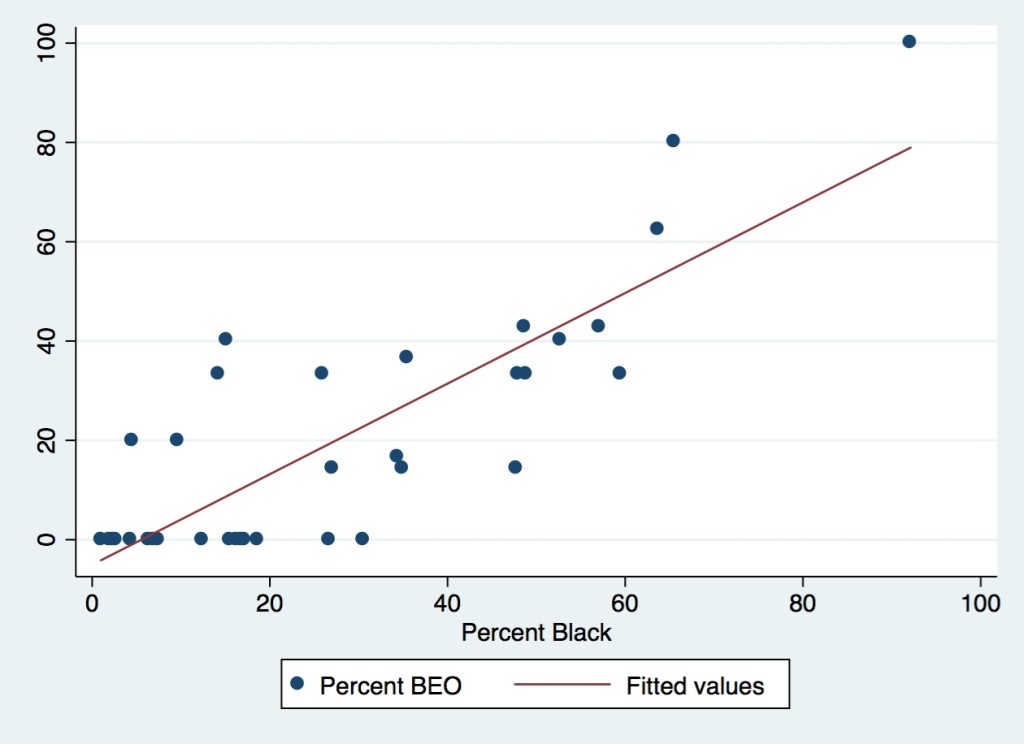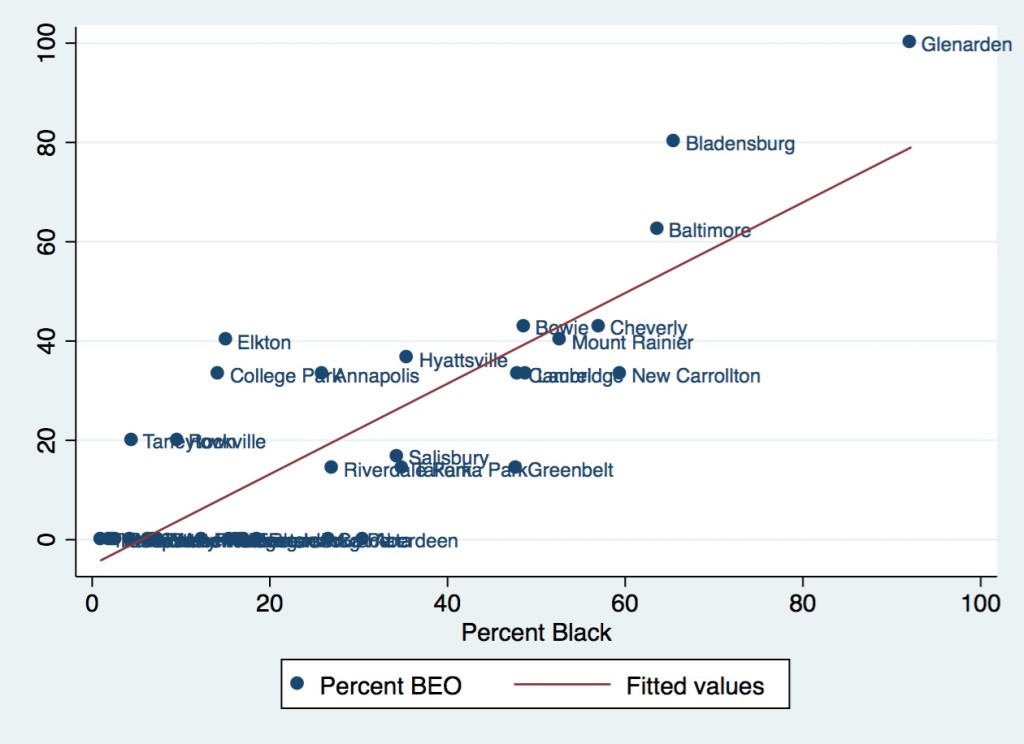 I don’t often meet Republican candidates here in Montgomery County, if only because they appear to be thin on the ground. So I was a little intrigued when I met up with Ed Edmundson, a candidate for the House of Delegates in District 15, at Starbucks.
I don’t often meet Republican candidates here in Montgomery County, if only because they appear to be thin on the ground. So I was a little intrigued when I met up with Ed Edmundson, a candidate for the House of Delegates in District 15, at Starbucks.
About Ed
Ed is a first time candidate reminiscent of past generations of Montgomery County Republicans, like Jean Roesser, Connie Morella, Betty Ann Krahnke and Howie Denis, who were liberal on social questions but more moderate or conservative on economic issues–long a winning formula in this area and indeed one that still works for several Democrats on the County Council.
Unusually for a Republican, he has been endorsed by NARAL, as have all three Democratic incumbents. It’s not often you hear a Republican talk about fair trade, ending “the school to prison pipeline,” and legalizing marijuana.
Ed gets more conservative on economic questions. He wants to cut the corporation income tax to make Maryland more competitive with Virginia. He also passionately believes that the regulatory structure created by the State and the County is too cumbersome and particularly a burden on small businesses.
On education, Ed proposes radical alterations to the teaching benefits structure by doubling teach salaries and eliminating pensions in favor of 401(k) plans. In my view, Ed is very fuzzy in terms of how to pay for large tax cuts and increased education spending. He wants the federal government to pay for increased education spending by cutting defense.
While decidedly out-of-the-box and even courageous for a Republican, it also requires decisions far outside the scope of the authority of the House of Delegates. State officials needs to pay for changes within the State’s own budget. The last four years have demonstrated that waiting on Congress is not a strategy. Despite this impracticality, Ed nonetheless brings a genuine passion regarding economic questions.
Specifically, he advocates for the positive, appealing part of the Republican message that government needs to work to encourage business and develop a more holistic strategy towards that end. And he expresses deep concern about those who view business with hostility rather than a crucial part of the solution.
In short, while his ideas haven’t gelled and the numbers don’t add up, the Republicans desperately need more people like him who don’t fear the future but who want to streamline government to promote prosperity and pay for needed government services. At least Ed shows some imagination, while Larry Hogan serves up the reheated sauce of “waste, fraud, and abuse” as “vision.”
Why Ed Won’t Win
Ed faces a lot of obstacles in his uphill bid for a delegate seat. First, District 15 has become much more solid Democratic turf since the Republicans last won seats in the area. Democratic partisans are now less willing to crossover and vote even for moderate or liberal Republicans–the undoing of Howie Denis on the County Council–because the national brand has become so tainted.
Second, District 15 has an extremely solid delegation with no weak links who could provide an opening. If Speaker Busch has good sense, he’ll find a way to appoint Kathleen Dumais as Judiciary Chair and sideline (Chair Emeritus?) past-his-sell-by date Joe Vallario. Aruna Miller has consistently struck most as smart, serious, and hard working. Recently appointed Del. David Fraser-Hidalgo has already made a positive impression. These are the sort of legislators we need to keep who make it difficult for opponents to make a good case to fire.
Third, there is always the Ficker problem. Running on a ticket with the ever-polarizing Robin Ficker, whose son is now running for delegate, seems an excellent way to assure that Democrats open to voting for some Republicans don’t give Ed a hearing.
Fourth, Ed is a complete newbie to campaigning. He plans to spend around $40,000, mostly his own money, and likely an insufficient amount for a serious delegate challenge in Montgomery County. Moreover, I don’t think he knows how to spend the money wisely as he is buying newspaper advertisements and sending no direct mail.
Still, it’s always up to the voters.





